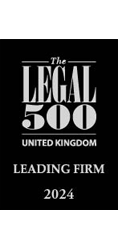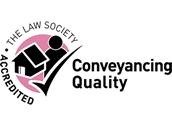Laura Bushaway examines the Court of Appeal decision in Jewelcraft Limited v. (1) Paul Pressland and (2) Justin Pressland
The appeal related to a mixed-use premises located in South West London consisting of a ground floor purpose built shop with residential accommodation on the floor above which formed part of a parade of shops constructed in the 1920s. In the 1970s the layout of the property was altered and the internal staircase originally connecting the flat and shop was removed and a separate entrance to the upper flat created in the rear yard.
Section 2(1) of the Leasehold Reform Act 1967 (the 1967 Act) defines a house as “any building designed or adapted for living in and reasonably so called, notwithstanding that the building is not structurally detached, or was or is not solely designed or adapted for living in, or is divided horizontally into flats or maisonettes…”
When the case was first heard in the County Court, the Judge held that the premises did not constitute a house within the statutory definition so that the tenant was not entitled to acquire the freehold of the premises. The Judge reviewed the evidence as to the history of the property, its physical appearance, its layout, its use and the terms of the lease. One of the main factors upon which the Judge based his decision was the fact that the property was built as part of a parade of shops with a flat above and therefore was not in his view originally built as a house.
The Court of Appeal considered many of the previous cases regarding mixed-use buildings and concluded that the removal of the internal staircase connecting the shop with the flat above and the construction of an external staircase in the rear yard to access the flat did not prevent the property from meeting the statutory definition of “a house”. They accepted that a previous House of Lord’s decision (Tandon v. Trustees of Spurgeon Homes [1982]) had established that shops with accommodation above can be houses for the purposes of the 1967 Act and that the decision remained good law, and accordingly the location of the staircase to the upper flat was irrelevant. The Court therefore decided that the property was a house and the tenant had a right to purchase the freehold under the 1967 Act.
The Court of Appeal went further and stated that the Courts should no longer dismiss claims concerning similar properties (i.e. shops with flats above) on the basis of external appearance or internal layout. This decision was intended to give greater certainty with regard to mixed-use properties and avoid each case being litigated on its own facts. In many cases, a shop with a flat above will now be considered to be a house with a statutory right to purchase the freehold under the 1967 Act.
Jewelcraft has therefore reduced the scope for argument as to properties which fall within the definition of “a house”, reasonably so called and the disputed cases in the future are likely to be properties where there has been a late conversion to residential use which is not genuine nor substantial or properties which, as a matter of policy, Parliament had not intended to fall within the 1967 Act.
If you wish to consider making a claim to acquire the freehold of a house or have any queries, please contact Laura Bushaway or Jim McKeever in our Lease Extension and Enfranchisement team.







